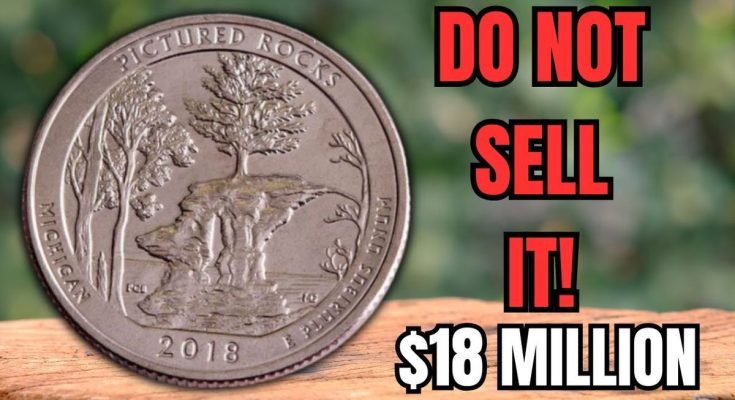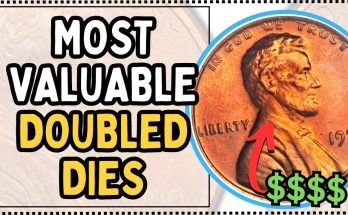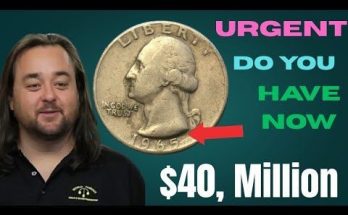The Allure of Silver Quarters
Quarters minted by the United States Mint before 1965 contained a high silver content, making them inherently more valuable than their modern counterparts. Specifically, Washington Quarters produced between 1932 and 1964 were struck with an alloy of 90% silver and 10% copper. This silver content alone gives them a minimum value above their 25-cent face value, but certain dates and conditions drive prices dramatically higher.
Key Date and Rare Silver Quarters
Some of the most sought-after and expensive silver quarters are those with extremely low mintages:
- 1932-D and 1932-S Washington Quarters: These are considered key dates for the Washington Quarter series, struck during the Great Depression, which contributed to their small production numbers. The 1932-S, with a mintage of only 408,000, is the smallest mintage in the series’ history. The 1932-D is similarly rare, with 436,800 minted. Uncirculated examples of these coins can reach five figures, with a near-perfect 1932-D coin selling for over $143,000 in 2008.
- 1964-D Washington Quarter: As the last regular strike quarter produced with 90% silver, it is popular, especially in high grades. A rare specimen in exceptional condition (MS-68) has commanded prices of $20,000 to $40,000.
Pre-Washington Silver Quarters
Quarters from earlier series are often even more valuable due to their age and scarcity:
- 1796 Draped Bust Quarter: This coin was the first quarter minted by the U.S. Mint, and its extremely low mintage makes it one of the most valuable US quarters, with some highly-graded versions selling for over $100,000 and even up to $1,500,000.
- 1916 Standing Liberty Quarter: As the first year of this series, its low mintage of around 52,000 coins and its quickly altered design make it highly desirable. Well-worn examples can sell for over $1,000, and pristine examples have fetched prices between $20,000 and $40,000.
- 1901-S Barber Quarter: This is the rarest of the Barber quarters, and even worn versions can sell for thousands of dollars.
Valuable Error Quarters
A second category of highly valuable quarters includes those with significant minting errors, regardless of their silver content. Although most US quarters are clad (copper-nickel) after 1964, errors on both clad and silver quarters can result in huge values:
- 2004-D Wisconsin Extra Leaf Quarters: This State Quarter error, which features an extra leaf on the side with the corncob, has sold for up to $6,000 for a “low leaf” variety in high grade.
- 2005-P Minnesota Doubled Die Reverse Quarter: These coins show extra “ghost-like” trees near the state outline, with bold doubling examples valued from $75 to over $150.
- Coins Struck on the Wrong Planchet: Extremely rare errors, such as a 2002-P Indiana Quarter mistakenly struck on a dime planchet, have been certified and valued at over $4,000.
The Myth of the $18 Million Quarter
The image displayed featuring a 2018 Pictured Rocks quarter with an $18 Million caption is typical of viral content often associated with valuable coins. While the 2018 Pictured Rocks quarter (part of the non-silver “America the Beautiful” series) does have some known minor errors like die cracks or grease strikes, no officially recognized error or variety has been valued at a multi-million-dollar price. The silver version of this quarter, which was part of a proof set and bears an “S” mint mark, typically ranges in value from $5 to $10, depending on the grade. It is crucial for collectors to distinguish between sensationalist values and verifiable, certified auction records.
In conclusion, while the average quarter is only worth its face value, the presence of silver (pre-1965) or a significant, verifiable minting error can transform a coin into a true piece of “BIG MONEY” numismatic history. Serious collectors should focus on coins from pre-1932 series and low-mintage Washington Quarters, as well as documented error varieties.



